Share article:
38 tips for a successful SMS campaign

When your business is ready to enter the world of mobile marketing, launching an SMS campaign is the perfect place to start.
While a variety of messaging channels let you reach customers and prospects, basic SMS campaigns are often the first step towards developing a more advanced text message marketing program. That’s because SMS is super ubiquitous. Practically every consumer with a mobile device can send and receive texts, and many are open to getting them from brands they trust.
In this article, we’ll list some essential steps and key pieces of advice for SMS marketing. That includes 11 tips for planning a campaign, 16 tips for executing it, and 11 suggestions for taking your text-based marketing to the next level. For those of you keeping track at home, 11 + 16 + 11 = 38 tips for getting the most out of SMS.
Why should you run SMS campaigns?
Besides the fact that you can reach a very wide audience through bulk text messaging, there are some other big benefits to running SMS campaigns:
- Cost-effective marketing: While there are costs associated with SMS communication, they’re much lower than other marketing channels such as paid digital ads or direct mail.
- High engagement rates: Consumers tend to respond quickly and eagerly to SMS campaigns. Texts enjoy impressive open rates averaging around 98% as well as click-through rates as high as 36%. SMS is ideal for direct communication and immediate actions.
- Reliability: When you have important, time-sensitive messages to get out, SMS produces high delivery rates too. That means you know most of your messages reached your contacts’ devices. Common delivery failures are usually on the recipient’s end (out of data, memory is full, no mobile service, etc.).
There are also a few main categories of SMS messages that businesses send to subscribers.
- Transactional texts deliver relevant information to individual recipients. That includes everything from order confirmations and two-factor authentication (2FA) to fraud alerts, and shipping updates.
- Service texts enable real-time, back-and-forth dialogue between brands and consumers. This makes the channel ideal for customer service and support functions, whether it’s a live representative, automated responses, or an SMS chatbot providing answers. Likewise, an automated SMS conversation could help people confirm, cancel, or reschedule an appointment.
- Promotional texts make use of SMS for marketing purposes. These texts get the word out, drive revenue, and help foster an ongoing connection with the people you want to reach.
Because we’re focusing on SMS campaigns, this piece mostly covers promotional text messaging. However, if your business is considering the overall value of SMS communication, don’t discount the impact transactional messages and two-way text conversations have on the customer experience.
Try it out for yourself
Get in touch and see how text marketing can help grow your business.

11 tips for planning an SMS campaign
Initially, you’ll need to invest some time and resources before you start sending texts to customers and contacts. But with the right partner, you’ll be ready in no time. It’s also smart to establish a solid strategy ahead of launching your first SMS campaign. Let’s take a look at what you should consider.
1. Make sure you’re set up to send
Before your first SMS campaign shows up on smartphones, you’ll need to get set up and find the right tools for the job. Here are the most significant factors:
- Phone number for your campaign: A text from a business can’t come from just any mobile number. In New Zealand, operators have mandated that businesses use dedicated short codes only. If you have a global audience, check with your SMS platform provider if 10-digit long-codes or toll-free numbers are available.
- SMS sending platform: You’ll also need an application that connects to an SMS gateway for sending bulk text messages. For example, Sinch MessageMedia helps you send SMS via API. Evaluate the other tools and features potential partners offer to find a vendor that meets your needs.
- Registration and carrier approval: In New Zealand, businesses have to register their short code (sender ID) in order to send SMS. Otherwise, operators will most likely filter out or even block any traffic that’s not registered. The good news is, a Campaign Service Provider (CSP) like Sinch MessageMedia helps take care of a lot of this for you.
2. Integrate SMS with your tech stack
When choosing an SMS application and CSP, a key consideration is how easy it’ll be to integrate with other platforms your business uses for marketing, communication, and measurement. Can you connect SMS campaigns to your company’s customer relationship management (CRM) or e-commerce platform?
Sinch MessageMedia offers painless integrations with the most popular software on the planet. Learn more about some those integrations:
Those are just a few of our integrations. Check out the full list to find out if your tech stack integrates with Sinch MessageMedia, or review this article on options for SMS integration for more information.
3. Specify SMS campaign goals and objectives
Once you’ve got your tools and technical details in place, the real work begins. Obviously, you’ll want to define the reasons you’re running an SMS campaign and what you hope to achieve. We’re 99.99% sure you weren’t planning to text customers just for fun, right? 😉
Outlining goals and objectives encourages you to think about the intended audience, execution, and potential results of your SMS campaign.
By the way… Think of your goal as the big picture, while objectives tend to be more specific. For example, the goal of an SMS campaign may be spreading the word about the benefits of a featured product while the objective may be to boost sales by a certain percent in a chosen product category. You may have the goal of educating your audience on how to do something, and the campaign’s objective is to generate a certain number of clicks and video views.
Setting goals and objectives helps you understand whether you’re getting a good return on investment (ROI) from an SMS campaign.
4. Set the campaign budget
Speaking of that investment, you’ll want to determine how SMS campaigns fit into your overall marketing budget. Costs associated with SMS marketing will include the expense of leasing a short code or 10DLC, as well as the cost of a monthly plan through your provider and any overages. Most SMS providers give their customers a set number of SMS credits per month, and it switches to a pay-as-you-go (PAYG) model when additional credits are needed. Luckily, it’s only a fraction of a penny for every SMS. See our pricing page to find out more.
Keep in mind that, if your campaign includes multimedia elements such as images or video, it becomes an MMS (Multimedia Message Service) campaign. There are different rates for SMS and MMS messages, but delivering a text message campaign that includes visuals may be well worth it.
5. Confirm your list of contacts
Who will be on the receiving end of your SMS campaign? No matter where the mobile numbers in your database come from, you’ll need to get permission to text those people first. You may be able to obtain consent when new customers create accounts or fill out forms on your website. You could also try asking existing email subscribers to sign up for promotional text campaigns. Scannable QR codes in stores, on signage, and on menus are another way to collect new SMS subscribers. Get more ideas for building your contact list.
SMS marketing typically uses keywords to make opting in easy. Recipients often respond to an initial message with “Yes” or “Y” to indicate they’re interested in the content of your campaign and want to learn more. Even if they’ve signed up elsewhere, using an SMS keyword is an ideal way to implement a double opt-in that proves you’ve received consent.
6. Know your rules and regulations
While obtaining consent is one of the most crucial rules to follow, there are other factors you’ll need to understand so that you’re in compliance with consumer privacy laws. That includes how you store and protect data like personally identifiable information (PII) as well as respecting “quiet hours” when texts from businesses shouldn’t be delivered.
In New Zealand, the main regulation to follow is the Unsolicited Electronic Messages Act. If you do business abroad, keep in mind that you’ll also have to comply with other countries’ regulations like the Privacy Act in Australia or the Telephone Consumer Protection Act in the U.S. And in the European Union, the General Data Protection Regulation applies.
It can be helpful to get some prior legal advice on how to best follow international regulations.
7. Segment the list
List segmentation helps you deliver targeted messaging to defined groups of contacts. For example, you may want to tailor messages for people in different demographics (age, gender, location, etc.). This sort of segmentation makes your SMS campaign more relevant to individual subscribers, even though you’re sending mass text messages. For example, if you sold shoes, you may want to direct male and female contacts to different product categories.
You could also segment contacts based on engagement levels, purchase behaviors, job title, or any other first- and zero-party data you’ve collected. Let’s say you have a subset of customers who tend to place an order once a month. You can use that purchasing pattern to create a segment and text those customers at an appropriate time to ensure they keep coming back.
8. Get the timing right
Understanding the buying cycle isn’t the only way to schedule your SMS campaigns. Imagine hearing a notification on your smartphone in the middle of the night. “It must be an emergency!” you think while fumbling around your nightstand trying to find the device in the dark. How would you feel if it was a promotional SMS campaign from a brand that disturbed your dreaming? That’s the definition of bad timing.
Segmenting your contact list by time zones or geolocations is an effective way to be sure you’re delivering messages to people at an appropriate time of day. Don’t forget that businesses in New Zealand can’t send messages between 8AM and 8PM in the recipients’ local time.
9. Define a sending cadence
Your SMS campaign will most likely contain a series of messages delivered over time. You’ll need to decide how often to send those messages, including the time in between sends. It’s a good idea to be clear about how frequently you’ll be texting contacts when they opt in to receive your SMS campaigns.
Keep in mind that texting the same numbers too many times in a single day can make you look spammy. Mobile carriers may block messages from sender IDs that message people too frequently. It’s also important to note that you’ll need to text contacts at least once per month because it’s the minimum frequency for sending instructions on how to opt out. That’s a good reason to plan out your SMS campaign cadence in 30-day periods.
10. Find some SMS campaign templates
Wondering what to put in the text of actual messages that’ll be part of your campaign? There are a lot of standard texts and auto-replies that are used in SMS communications. Using templates makes things faster and keeps them consistent. You don’t have to start from scratch with every message.
Here are a couple of examples of text message templates that a chain of retail stores might use:
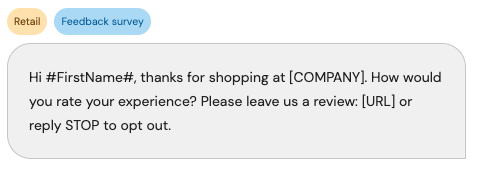
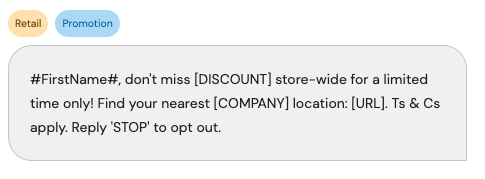
Sinch MessageMedia has a library of free SMS templates you can start using now. It includes standard messages for various industries, including e-commerce, financial services, healthcare, and more. Many of the templates are also set up to use SMS personalisation.
11. Automate responses
Make conversational marketing easy with automated responses to your contacts. Many of your SMS templates may be responses that are automatically sent after someone replies to your initial message or completes a desired action. Once you map out all your message “flows” in an SMS campaign, you’ll be able to identify places in the flow of communication where triggered responses make sense.
Some of these automated responses will be based on SMS keywords, such as those used to opt in and out, enter a contest, receive a discount code, get help from support, or request more information. Check out some examples of automated text messages for more ideas.
16 tips for executing SMS campaigns
Next, we’ll go over some advice for effectively carrying out text message marketing campaigns. These tips will help you work efficiently, keep you in compliance with privacy laws, and maximise the impact of your campaign.
1. Start with a welcome message
How will your SMS campaign begin its flow? It’s a good idea to welcome new subscribers as they opt in. Thank them for joining, briefly let them know what to expect, and explain how to opt out.
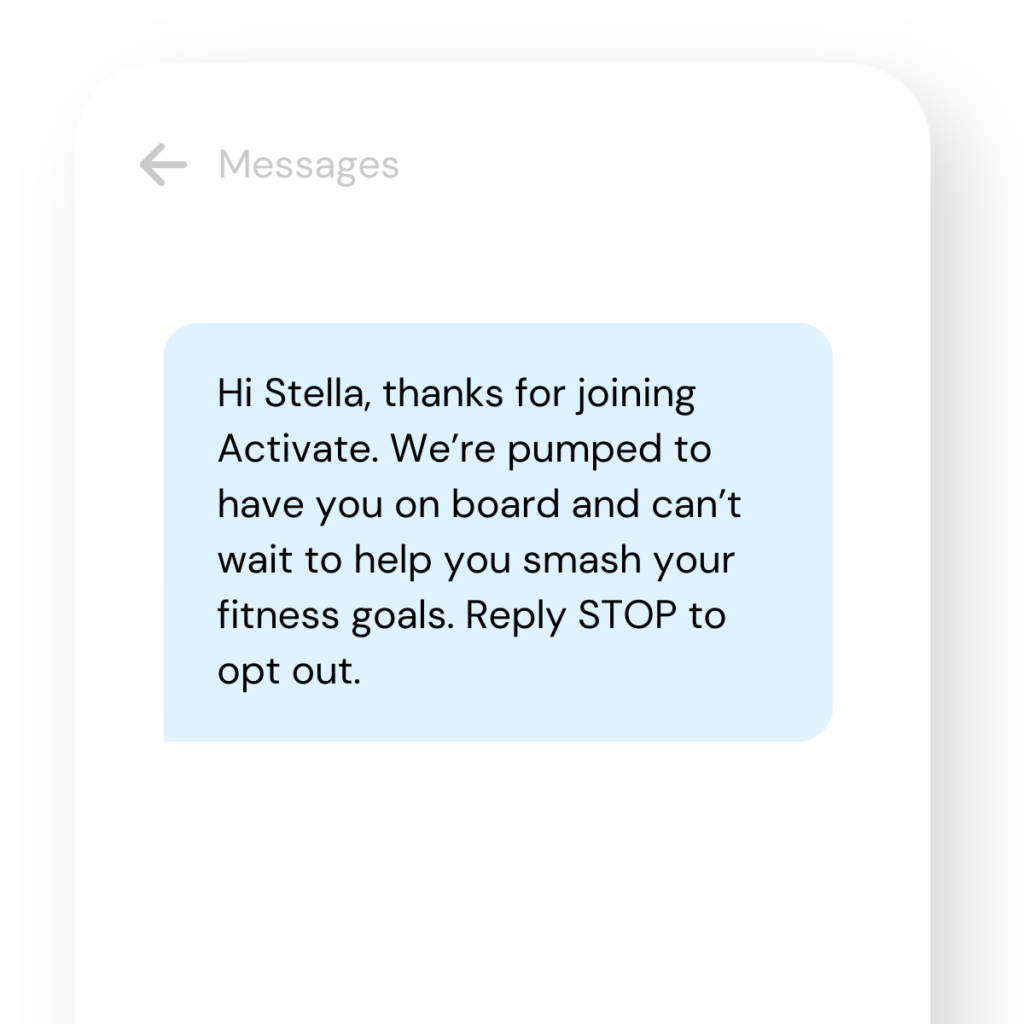
Welcome message flows are also a good time to ask subscribers a few questions that’ll help you segment and customise the SMS campaign for them. For example, you could ask them who they’ll be shopping for or when their birthday is (so you can send them special deals). If the purpose of the campaign is delivering deals and discounts via SMS, don’t make people wait. Give them their first chance to shop and save right after they opt in.
2. Let recipients know who you are
At the start of every SMS campaign conversation, you must identify yourself to recipients. Especially in the beginning, contacts won’t recognise you by a sender ID like a short code. Plus, identifying your business in SMS messages is also a TCPA requirement.
Many businesses comply with this requirement by simply including their brand name at the start of the text followed by a colon and then the rest of the message:
Sinch MessageMedia: Thanks for signing up to send SMS campaigns with us. Text HELP if you need assistance getting started. STOP to opt out.
That’s a good way to introduce yourself without using too many characters. Avoid using abbreviations or acronyms for your business, however, unless it is easily recognised by a shortened version of its name.
3. Write concise copy
This is your friendly reminder that SMS stands for Short Message Service. That’s why keeping SMS campaign messages short and to the point is crucial.
An SMS message is limited to 160 characters. If you add emojis or other Unicode characters, the character count limit drops to 70. You can send SMS campaigns longer than 160 characters. However, when you do so, it turns into a multi-part message and the character limit becomes 153 (or 67 with Unicode characters). That’s because multi-part messages require a data header that ensures everything gets reassembled in the right order on the recipient’s device.
Be aware that a multi-part SMS counts as more than one message or credit in terms of billing with your provider. Check out the flowchart below for a visual explanation, and read our article on SMS character limits for more information.
It may sometimes feel challenging to write effective marketing copy that’s so short and also includes required language for compliance. Just remember that text messaging is a form of communication that has always been brief and to the point. People expect short texts and may ignore long copy.
You can also try adding commonly used texting abbreviations in your SMS campaigns (FYI, BTW, LOL, ICYMI, BOGO, etc.) as long as you’re confident the target audience understands them. This will help you stick to those character limits, and they’re totally natural to use in text conversations.
4. Create clear calls to action (CTAs)
Another best practice that’ll help you get results and comply with regulations involves the CTAs in your SMS campaigns. Any call to action that’s connected to opting in should clearly state what the contact is opting in to receive. That’s required for compliance.
It’s also smart to add clear CTA copy to subsequent messages in your SMS campaign, especially if there’s an action you want the recipient to take or a web page you want them to visit. Text marketing CTAs are usually followed by a shortened link. Your copy should be straightforward about what will happen if they tap that link and what they’ll find when they visit your website.
5. Avoid free/public link shorteners
Speaking of shortened links, they’re another good way to manage the SMS character limit. If you’re using UTM parameters to track SMS campaign performance, shortening the link will be a necessity. But there’s a bit of a catch. Most mobile carriers prohibit the use of free or public link shorteners (such as bit.ly or TinyURL). That’s because SMS spammers and bad actors frequently abuse those free services. So, using them makes a message look suspicious.
Mobile carriers require that you use a branded or private link shortener that makes use of your custom domain. At Sinch MessageMedia, we provide short trackable links that are only 22 characters long. The feature helps you save space and track SMS campaign performance on our platform.
6. Use a conversational tone
Because text messaging is commonly used for peer-to-peer (P2P) communication with friends and family, a familiar, conversational tone is somewhat expected on the channel. That means copy for application-to-peer (A2P) SMS campaigns can also be quite conversational. After all, text messaging allows for two-way conversations. So, it only makes sense that your texts should sound more like a friendly discussion.
Of course, you can still keep your brand voice in mind, but you may want to adjust it slightly for this channel. The way you text your customers and contacts could be a bit different from how you write emails, articles, or landing page copy.
7. Personalise your SMS campaigns
An easy way to make your text campaigns more conversational is to personalise them with the contact’s first name. It’s an ideal way to make your automated responses feel less robotic. Name personalisation, however, is just the beginning.
You can make messages even more personalised if you segment campaigns around data you have on your customers’ and contacts’ preferences and interests. Most consumers are no longer impressed by name personalisation. On the other hand, when you send messages like the one below, it will make it seem like you really know them:

8. Add emojis strategically
While SMS campaigns tend to contain mostly plain text and the occasional link, there is one way to add visual elements to your messages. SMS does support the use of emojis. So, you can liven up the campaign with an appropriate and strategically placed emoji or two.
Don’t forget that adding emojis shortens the character limit for an SMS message. Think about your audience and your brand. Would an emoji set the right tone For example, the right emoji could easily enhance an SMS campaign for a flash sale, but using an emoji in a fraud notification text would just feel wrong.
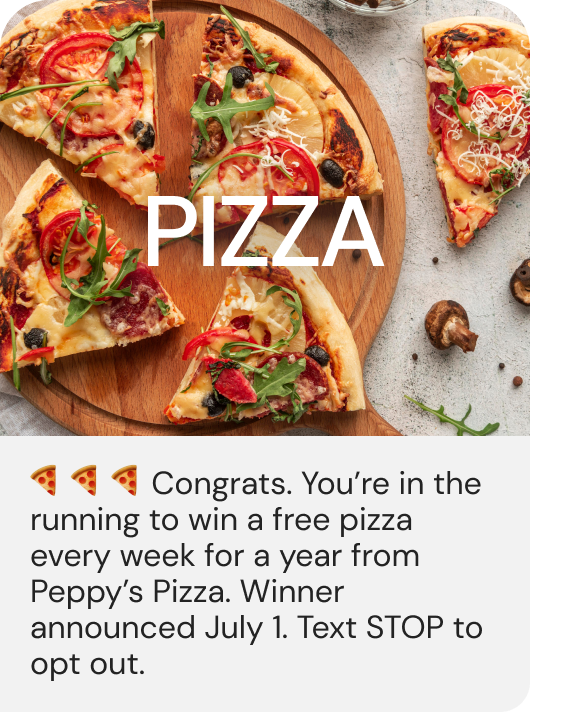
9. Be timely and relevant
While sending at an appropriate time of day is important for compliance as well as getting a good response, there are other ways to deliver timely SMS campaigns. Consider building your text marketing strategy around seasonal events and holidays. Check out our list of dates for your 2024 marketing calendar to get some ideas. Think beyond end of financial year (EOFY). There are other seasons that spark consumer spending. That includes the start of summer, back-to-school shopping, Mother’s Day, and more. What times of year are closely connected to what your company offers?
You can also use data and insights you have around the buyer’s journey to send SMS messages at an ideal time. For example, if you offer a consumer product that comes with a 30, 60, or 90-day supply, you know exactly when to prompt customers to place a new order.
10. Include a sense of urgency
One of the benefits of SMS marketing is how it’s a direct marketing channel that encourages immediate action by the recipient. If a consumer chooses not to act on your CTA when they first view the message, it’s pretty unlikely that they’ll go back to the text later. Your message will probably be forgotten as it’s buried beneath the other texts they receive.
For that reason, your SMS campaign should have a sense of urgency that encourages the recipient to act right away. That’s why limited time offers, a fear of missing out (FOMO), and last calls work well in text marketing. You don’t have to be overdramatic, but you should let recipients know when time’s running out.
11. Don’t overwhelm subscribers
Whether it’s emails, texts, or other forms of digital communication, studies show the most common reason people give for unsubscribing from a brand’s messages is that they simply get too many of them. Another common reason for opting out is that the messages are irrelevant to the subscriber.
You know that annoying friend who’s constantly texting you about things you don’t care about? Don’t let your brand’s text message marketing be like that.
12. Separate email and SMS campaigns
You could also overwhelm customers with marketing messages if they subscribe to more than one channel. That’s why it’s often a good idea to separate email and SMS campaigns. You may want to use them for different deals and discounts. If someone keeps getting the same sort of messages around the same time on multiple channels, there’s a good chance they’ll opt out of at least one of them.
There may be situations when your brand has a major sales event you want to publicise across multiple channels. In that case, try using email and SMS in collaboration with each other. For instance, rather than overlapping messages across these channels, send email marketing campaigns at the beginning of the campaign. Use SMS as a reminder and to motivate procrastinators when it’s their last chance to save.
Here’s an example of staggering email and SMS messages over a seven-day campaign for an online sale:
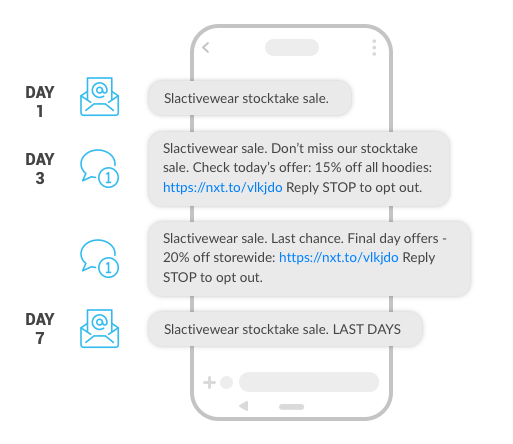
13. Enable two-way conversations
We typically think of SMS marketing as a one-way street: blast out our promotions and exit. Well, you might be ignoring a lot of your customers with that one-sided strategy. Customer experience surveys show that consumers are increasingly interested in having a conversation with brands. So, they actually want to interact with you, but it’s frustrating (and, honestly, quite rude) if they hit a dead-end road, or you don’t answer their questions.
Conversational messaging creates a stronger bond with customers, more engagement, and typically leads to higher conversion rates than direct marketing. Don’t miss out on that!
While direct marketing is still relevant, it might be worth switching gears for some of your more personalised campaigns. With the right mass texting tool, that shouldn’t be a problem. Sinch MessageMedia, for example, also enables two-way messaging for bulk texting.
14. Make it easy to opt out
Providing an easy way to rescind their decision to consent to receive your texts is just as essential as obtaining consent in the first place. To get approved, your SMS campaign workflow will need to include keywords that make it possible for subscribers to opt out. Besides “STOP,” the opt-out keywords may also include “CANCEL”, “UNSUBSCRIBE”, “QUIT”, and others.
You have a legal obligation to regularly remind people how to opt out and to honour such requests as quickly as possible.
15. Make it easy to opt back in
A decision to opt out may not last forever. There could be instances in which people decide they miss your messages or need to start receiving them again.
That’s why part of your campaign flow should include a keyword that adds people back to your list of opted-in contacts. The last message you send them to confirm their decision to opt out could also provide instructions for opting back in. Here’s an example:
Sinch MessageMedia: You’ve successfully unsubscribed from our weekly SMS tips. Text “RESTART” when you want to begin receiving our expert tips again.
16. Measure SMS campaign performance

Whether your campaign eventually comes to an end or continues with new contacts and new messages, you’ll need a way to track and measure how well it has performed. It’s likely that the SMS platform you choose to use will supply some sort of campaign reporting dashboard, but the data and metrics you’ll get may differ.
Here are some key metrics for measuring SMS campaigns:
- Delivery rate: This measures the percentage of messages that reach intended recipients without being blocked by carriers or experiencing a delivery failure.
- Open and click rates: The rate of opens and clicks helps you understand whether contacts are engaging with your messages. Low numbers may indicate you need to make adjustments.
- Response rate: This metric measures the percentage of recipients who replied to your message by texting you back, including with predefined SMS keywords.
- Unsubscribe rate: This refers to the percentage of contacts who decide to opt out after receiving a message.
- Conversion rate: This metric measures the percentage of people who complete a desired action after viewing your text. That could include filling out a form, making a purchase, watching a video, using a discount code, and more.
To truly understand the impact of SMS marketing, find ways to measure what happens after contacts click on links in your campaigns.
Get more out of SMS
Check out Sinch MessageMedia to see how you can take your SMS campaigns to the next level.

11 tips to take text message marketing further
To wrap things up, let’s look at some ways to use SMS for distinct marketing purposes as well as options for expanding and enhancing your strategies and tactics.
1. Deliver coupon codes
Exclusive deals and discounts for SMS subscribers are a great way to add value to text marketing. When consumers give you permission to text them, it shows they trust your brand enough to let you into an area of their digital lives that’s quite personal – their text message inbox. Opting in also proves they’re interested in what you offer.
So, giving them a chance to save that they wouldn’t have received elsewhere makes signing up for your texts worth it. Coupon codes that are exclusive to an SMS campaign are also a clear way to measure engagement and conversions.
2. Provide helpful content via SMS
It doesn’t always have to be about sales and promotions. Text messaging is an effective channel for delivering links to informative or entertaining content your brand produces. The content marketers in your company will definitely appreciate having another channel for distributing articles, videos, and even webinar reminders. Personalised content recommendations are also a great way to add value and relevance to an SMS campaign.
3. Celebrate customer milestones
When it’s your special day, we bet one of the first things you do is check your phone to see who’s texted you. SMS campaigns that mark your subscribers’ birthdays, the anniversary of doing business with you, or other significant events will create a unique connection between customers and your brand. The example below shows how a birthday text message could help drive foot traffic to a retail store.
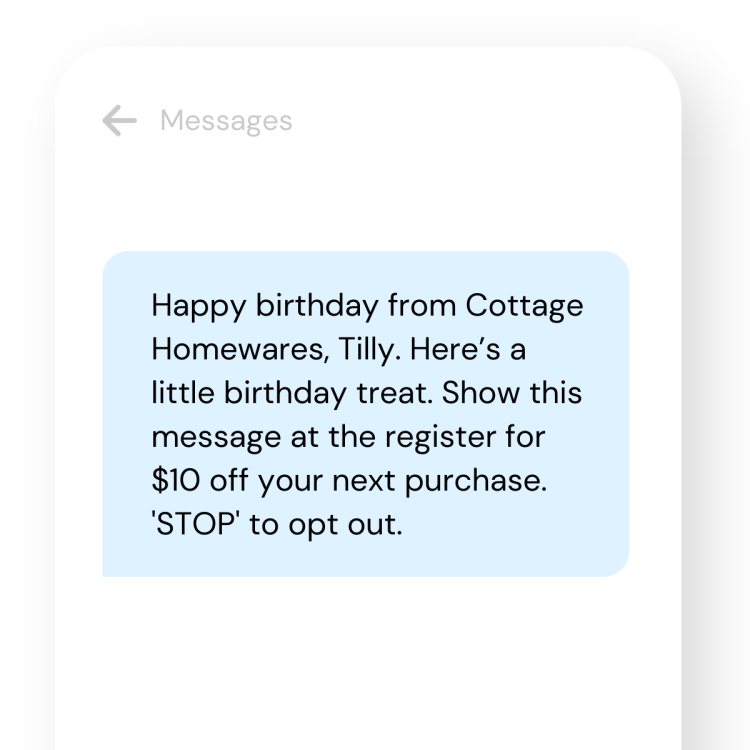
4. Mobilise web chats or use an SMS chatbot
You can take SMS beyond basic automated replies when you build a conversational chatbot that works over text messaging. For example, some brands use chatbots driven by artificial intelligence to build AI shopping assistants that help people make the right purchase decisions.
If your company already has a web-based chatbot it uses for customer service, you can take advantage of the Chatbox to SMS feature from Sinch MessageMedia. This lets customers provide a mobile number so they can leave your company’s website while taking the support conversation with them. A chat that starts on a desktop can keep going on their smartphone. Plus, Sinch MessageMedia also offers a ChatGPT integration.
5. Run an SMS contest
Text-to-win contests and sweepstakes are a fun way to launch an engaging SMS campaign. To enter, recipients can simply text a certain SMS keyword to a short code.
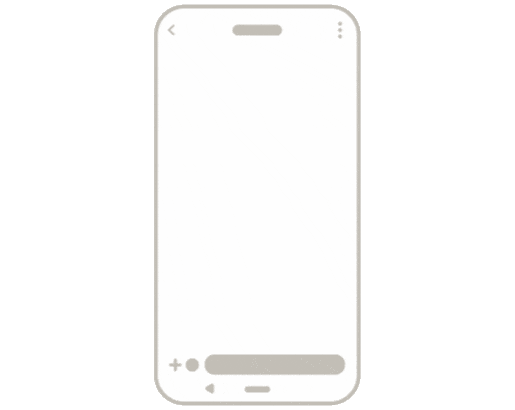
You can also run an SMS campaign that asks recipients to vote for something by texting in their pick. That’s what Sinch MessageMedia customer Mae DeLarue did to boost engagement around her burlesque competition.
6. Hold an SMS flash sale
Because SMS campaigns work well when they require immediate action, it’s a convenient way to spread the word about flash sales. These promotional events typically last for a short period of time and may involve limited inventory. That’s why EOFY promotional strategies often involve flash sales.
7. Collect customer feedback
Text messages from customers are also a fast and easy way to gather their opinions on your products and services. For example, simply ask recipients to rate something based on a scale of one to ten by texting back a number that reflects their experience with your brand or a recent purchase.

8. Add images (MMS only)
Perhaps the best way to level up your SMS campaign strategy is upgrading to MMS. This lets you go way beyond short text messages. MMS makes room for as many as 1,600 characters (although there are data limits). But more importantly, you can also send images. That means your campaign could include a graphic, product photo, or other visual elements. See the difference between an SMS and MMS campaign experience for yourself:
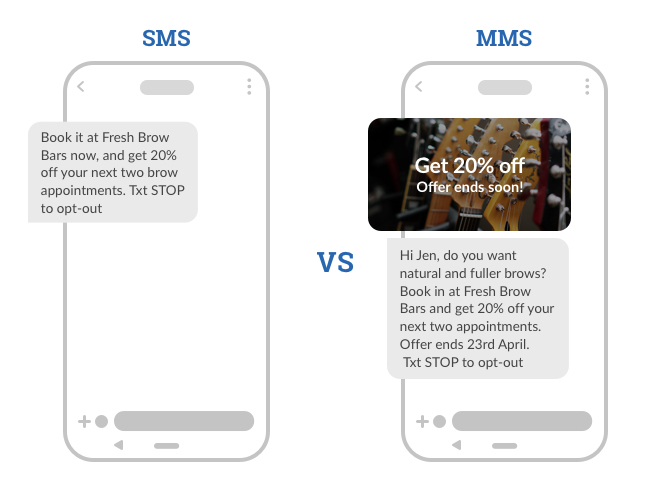
Aside from MMS, mobile landing pages can also be a visually appealing strategy for SMS campaigns.
9. Include videos and animations (MMS only)
MMS campaigns also support animated GIFs and video content. This is often accomplished by sending videos that are hosted on approved platforms such as YouTube or Vimeo.
10. Get interactive with RCS
The next big thing in text message marketing is Rich Communication Services (RCS). This format provides an interactive mobile experience that functions more like an application than a simple message. RCS is already taking off in regions such as France. One drawback is that it was only supported on Android devices — but that’s changing. Now that Apple announced its support for RCS, it’s likely that iPhone users in RCS-ready markets like New Zealand will be able to experience RCS campaigns from business sometime in the near future.
The GIF below shows you an example of how a brand might use a gamified RCS campaign to build a highly interactive experience:
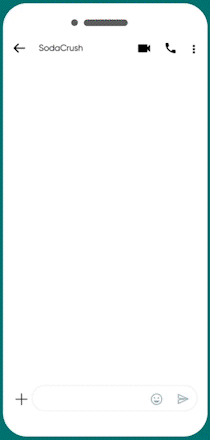
To learn more about this emerging trend in customer communications, get some RCS messaging insights from Sinch. You can also check out the story of how French food brand Picard used RCS in a highly successful holiday campaign.
11. Test and optimise text message marketing
There will always be room for improvement. After you launch an SMS campaign, start experimenting to see if changes to your messages and strategy impact performance. Running SMS A/B tests is a powerful way to find out what resonates with recipients.
For example, you could test the difference between SMS and MMS campaigns, experiment with different sending frequencies, or try out various link placements to see what gets more clicks. Does adding an emoji increase the response rate? Are some keywords more effective than others? Is your audience more likely to engage with texts in the morning or evening hours? These are all things you can A/B test with SMS marketing.
Start prepping for your first SMS campaign today
We’ve probably given you a lot to think about, but don’t be overwhelmed. There are plenty of ways to begin using SMS for better marketing and improved customer communication, and there’s a strategy that’s right for your organisation. If you just want to try things out, Sinch MessageMedia offers a 14-day free trial with no credit card required. Explore our platform for yourself. Find out how we can support your plans for mobile marketing mastery.
